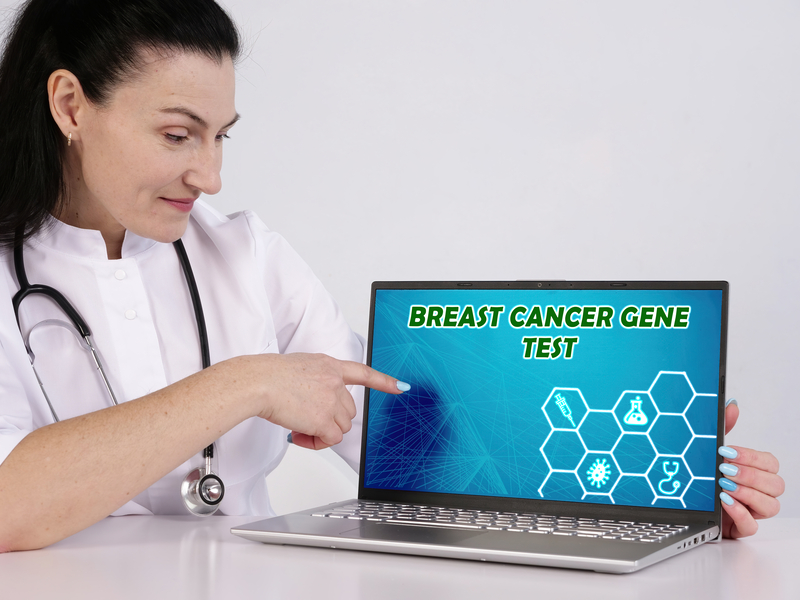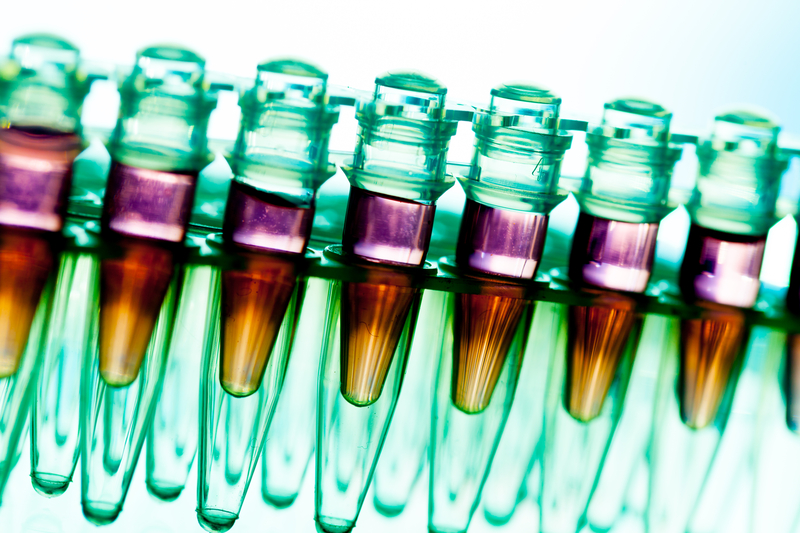All women are at risk of developing breast cancer during their lifetime. There are various risk factors that can increase the likelihood, one of them being genetic susceptibility. Genes are segments of DNA (deoxyribonucleic acid), and DNA makes up chromosomes. Humans have 23 pairs of chromosomes, receiving half of each pair from the mother and the other half from the father.
DNA acts like a code, with instructions for building proteins that control the structure and function of all cells in the body. An error in the genetic code results in a mutation and all cells will receive the wrong set of instructions. There are two types of alterations in DNA that occur, those that happen over time, be it from exposure to the environment or natural ageing, and those that are inherited. Alterations in DNA can either be harmless or can cause serious health issues.
BRCA Genes and Hereditary Breast Cancer
Genetic mutations that are passed on from generation to generation are called hereditary. Approximately 5-10% of breast cancers, and 10-15% of ovarian cancers are hereditary. Most inherited cases are associated with mutations in the BRCA1 and BRCA2 (BReast CAncer one and two) genes, thus preventing their proper function. In normal cells, these genes help make proteins that repair damaged DNA in cells. They act as tumor suppressor genes, keeping breast, ovarian, and other types of cells from growing uncontrollably. When a mutation occurs, these genes don’t function properly, and damaged DNA is left unrepaired. This can cause abnormal cell growth and increase the risk of genetic breast cancer.
All women have BRCA1 and BRCA2 genes but if either parent has the mutation, there is a 50% chance that it will be passed on. Not everyone who has the mutation will be diagnosed with cancer, but it increases the risk significantly: 50% of women will get breast cancer by age 70, rather than 7% in the general US population, and 30% will get ovarian cancer by age 70, rather than the 1% in the general US population.
Single nucleotide polymorphism (SNPs) are points in the genome where the type of nucleotide (A, T, G, or C) differs between individuals. Researchers are learning that these mutations may also be linked to higher risk of breast cancer, both in women with an inherited mutation in a BRCA gene and those without.

Family History can Increase the Risks
Most cases of women diagnosed with breast cancer that have the BRCA1 or BRCA2 mutations, usually have a family history of cancer. But just because one family member has the mutation, it does not mean everyone will have it.
Those who have blood relatives who were diagnosed before 50, or who have breast and ovarian cancer present on the same side of the family, are more likely to have the mutation. Other risks include having a relative with triple-negative breast cancer, female relatives who have cancer in both breasts, a male in the family with breast cancer, being of Ashkenazi Jewish heritage or being black and diagnosed at 35 or younger. Any of these risk factors increase the likelihood of getting genetic breast cancer, but even with multiple risk factors, it does not mean you will get it.
Lowering Risk Factors and Genetic Testing
Some risk factors can’t be helped, such as aging and inheriting genes. There are other less common genetic mutations in addition to the BRCA1 and BRCA2 ones that can also increase the risk of genetic breast cancer. These include ATM, TP53, CHEK2 and PTEN, all of which modulate damaged DNA and regulate cell growth, as well as mutations in the PALB2, CDH1 and STK11 genes.
A genetic counselor can be consulted in order to perform genetic testing. These tests are designed to look for BRCA1 and BRCA2 gene mutations, as well as any other mutations including those mentioned previously. This might be an option for women who have been diagnosed with breast cancer or for women who might be at higher risk due to other certain factors. Genetic testing can be helpful but it is not necessary for everyone, and the decision will be based on personal or family factors.
If you have the mutation, steps can be taken towards keeping your risk as low as possible. Lifestyle choices include maintaining a healthy weight, regular exercise, limiting alcohol, no smoking, and eating nutritious foods. There are other risk reduction options such as hormone therapy medicines, more frequent screenings, and preventative surgery by removing healthy breasts and ovaries; the latter may reduce risks as much as 97%.
Understanding the BRCA1 and BRCA2 gene mutations can be lifesaving. There is no sure-fire way to prevent it but knowing all the risks and how to get tested, can ensure maximum safety in taking steps in the right direction and reducing the risk of developing genetic breast cancer.

